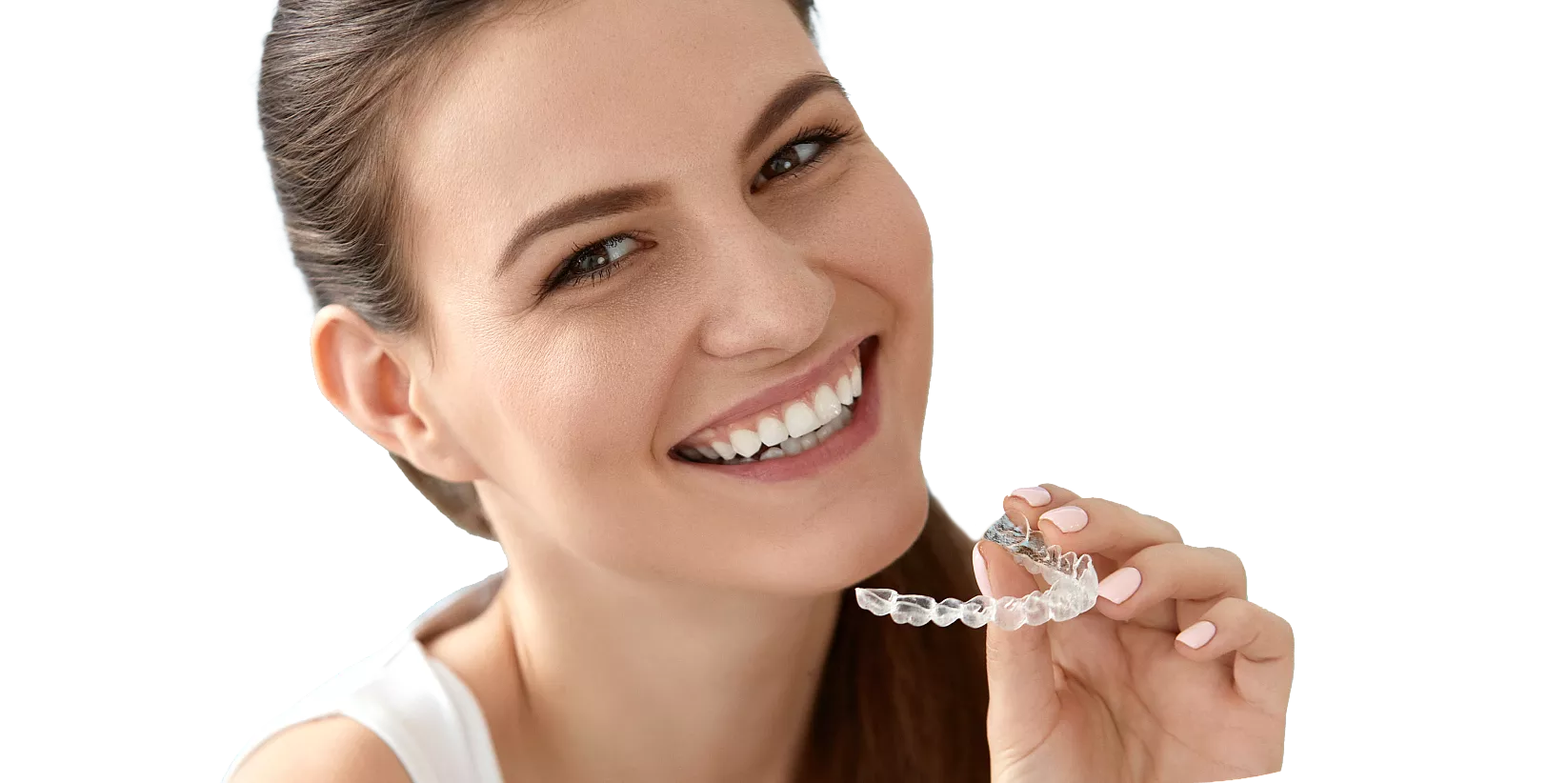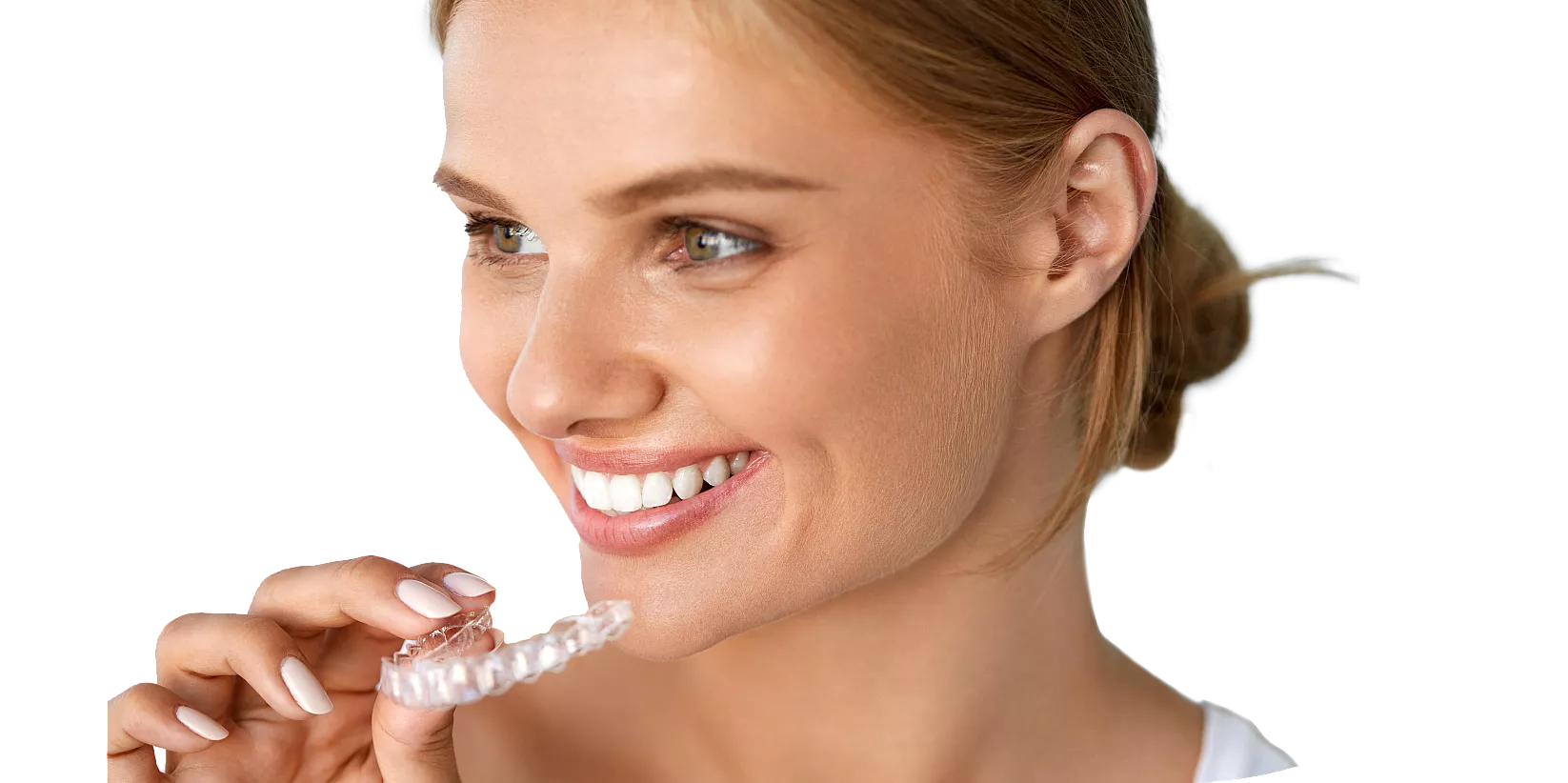Nutrition tips
Avoid hard foods like popcorn, ice, boiled sweets, and hard crusts to protect brackets. Cut up meats, apples, and carrots before eating. Eat sensibly with braces.
To prevent elastic staining, avoid colorful foods/drinks like tomato-based foods, curries, coffee, and tea. Consume them before your visit for clear elastic replacements.






